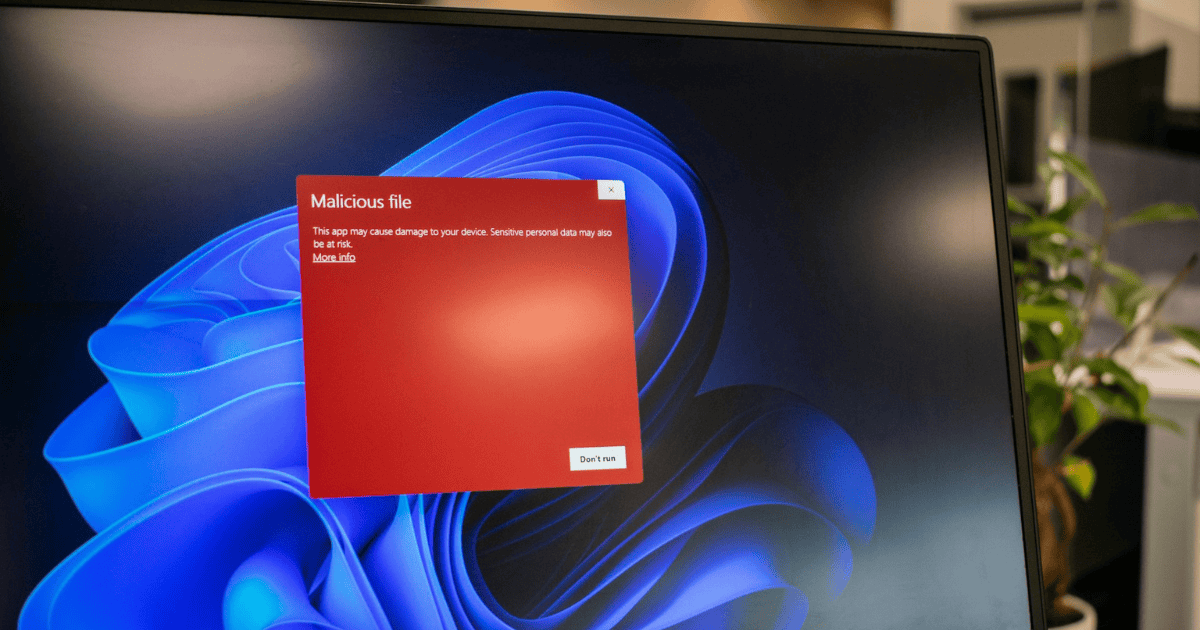Last Updated on 7 June 2023 by Alastair Digby
Table of Contents
The role of a Chief Technology Officer (CTO) in cybersecurity is to ensure that the organization’s technology infrastructure and systems are secure and protected against cyber threats.
This involves implementing and overseeing security measures and policies, monitoring network activity for potential threats, and managing the response to any security incidents that may occur. It’s no secret that security threats for CTOs are constantly evolving with new and more complex attacks being launched every day.
The CTO also plays a key role in developing the organization’s cybersecurity strategy and staying up to date on the latest developments and trends in the field. In short, the CTO is responsible for the overall security of the organization’s technology and systems, and for safeguarding its sensitive data and assets from cyber-attacks.
There is a seemingly endless list of security threats for CTOs to deal with, read on to learn more about five of the most frequent we see.
The 5 common security threats for CTOs
There are many potential security threats that CTOs need to be aware of, but some of the biggest ones include:
Malware and viruses
Malware is a type of software that is designed to damage or disable computer systems. It can be spread through email attachments, downloads from the internet, or infected removable media, and it can cause serious damage to a company’s network and data.
Phishing attacks
Phishing is a type of online scam where attackers send fake emails or text messages that appear to be from a legitimate source, in an attempt to trick users into revealing sensitive information such as passwords or financial data. Over a 6 months period in 2022 over 255 million phishing attacks were launched, an increase of 61% when compared to 2021. Phishing attacks remain a significant threat to any organization’s security defences.
Ransomware
Ransomware is a type of malware that encrypts a victim’s files and demands payment in exchange for the decryption key. This can be particularly damaging for CTOs, as it can disrupt critical business operations and result in the loss of sensitive data. During 2021 ransomware attacks grew a staggering 105% which equates to 20 attacks being launched every second.
Insider threats
Insider threats refer to security breaches that are carried out by current or former employees who have access to a company’s networks and systems. This can include intentional acts of sabotage or theft, as well as unintentional actions that compromise security, such as weak passwords or the use of unsecured devices.
Network security
CTOs need to ensure that their company’s networks are secure against external threats such as hackers and internal threats from employees who may accidentally or intentionally compromise the network. This involves implementing strong network security measures such as firewalls, intrusion detection systems, and regular security audits.
What cybersecurity measures should CTOs implement?
Cybersecurity measures are implemented by CTOs to protect an organization’s information systems and networks from unauthorized access, attacks, and threats. Some common cybersecurity measures that CTOs may implement include:
- Implementing strong password policies and regularly updating passwords
- Ensuring that all software and systems are kept up-to-date with the latest security patches and updates
- Using firewalls and other network security tools to control and monitor network access
- Conducting regular security audits and assessments to identify potential vulnerabilities
- Implementing encryption for sensitive data, both at rest and in transit
- Providing security training for employees to help them identify and avoid potential threats
- Developing and implementing incident response plans to quickly and effectively address any security breaches or incidents that may occur
These are just a few examples of the many different cybersecurity measures that CTOs may implement. The specific measures implemented will vary depending on an organization’s specific needs and security risks.
How does attack surface management help CTOs?
Attack surface management helps reduce security threats for CTOs by providing them with visibility into the potential vulnerabilities and attack vectors that exist within their organization’s systems and networks. This can help CTOs identify and prioritize areas for improvement in their security posture, and take steps to reduce the overall attack surface of their organization.
This can include implementing security controls, such as firewalls and intrusion detection systems, to prevent unauthorized access to sensitive data, and regularly testing and monitoring the security of their systems to identify and address potential vulnerabilities. By reducing the attack surface of their organization, CTOs can help protect against cyber attacks and reduce the risk of data breaches.
5 benefits of attack surface management for CTOs
Improved security
By regularly identifying and assessing the potential vulnerabilities in an organization’s attack surface, CTOs can take steps to reduce the likelihood of successful attacks on the organization’s systems and data. This can help protect the organization from data breaches, cyber attacks, and other security incidents.
Reduced risk
Attack surface management can help CTOs identify and prioritize the most critical vulnerabilities in the organization’s systems, allowing them to focus their efforts and resources on addressing the most significant risks. This can help reduce the overall risk to the organization and its assets.
Better compliance
Many regulatory frameworks, such as HIPAA and GDPR, require organizations to take steps to secure their systems and data. By implementing an attack surface management program, CTOs can help ensure that the organization is compliant with these regulations and avoid potential fines and other penalties.
Improved efficiency
Attack surface management can help CTOs and other IT professionals identify and eliminate redundant or unnecessary systems, applications, and other assets that may increase the organization’s attack surface without providing any significant benefits. This can help streamline the organization’s IT infrastructure and improve overall efficiency.
Enhanced reputation
By demonstrating a commitment to security and proactively managing the organization’s attack surface, CTOs can help protect the organization’s reputation and build trust with customers, partners, and other stakeholders. This can be particularly important for organizations that handle sensitive data or are subject to strict regulatory requirements.
Final thoughts
Over the years the role of the CTO has seen greater responsibilities for addressing security challenges. Whether that’s implementing a shift left approach to DevOps, working more closely with infrastructure teams or managing migration to the cloud and digital transformation. What is abundantly clear is security threats for CTOs are going away and are coming from a wide range of highly sophisticated threat actors. By utilising attack surface management tools and harnessing security automation they are well placed to improve their cyber posture and reduce cyber risk.





